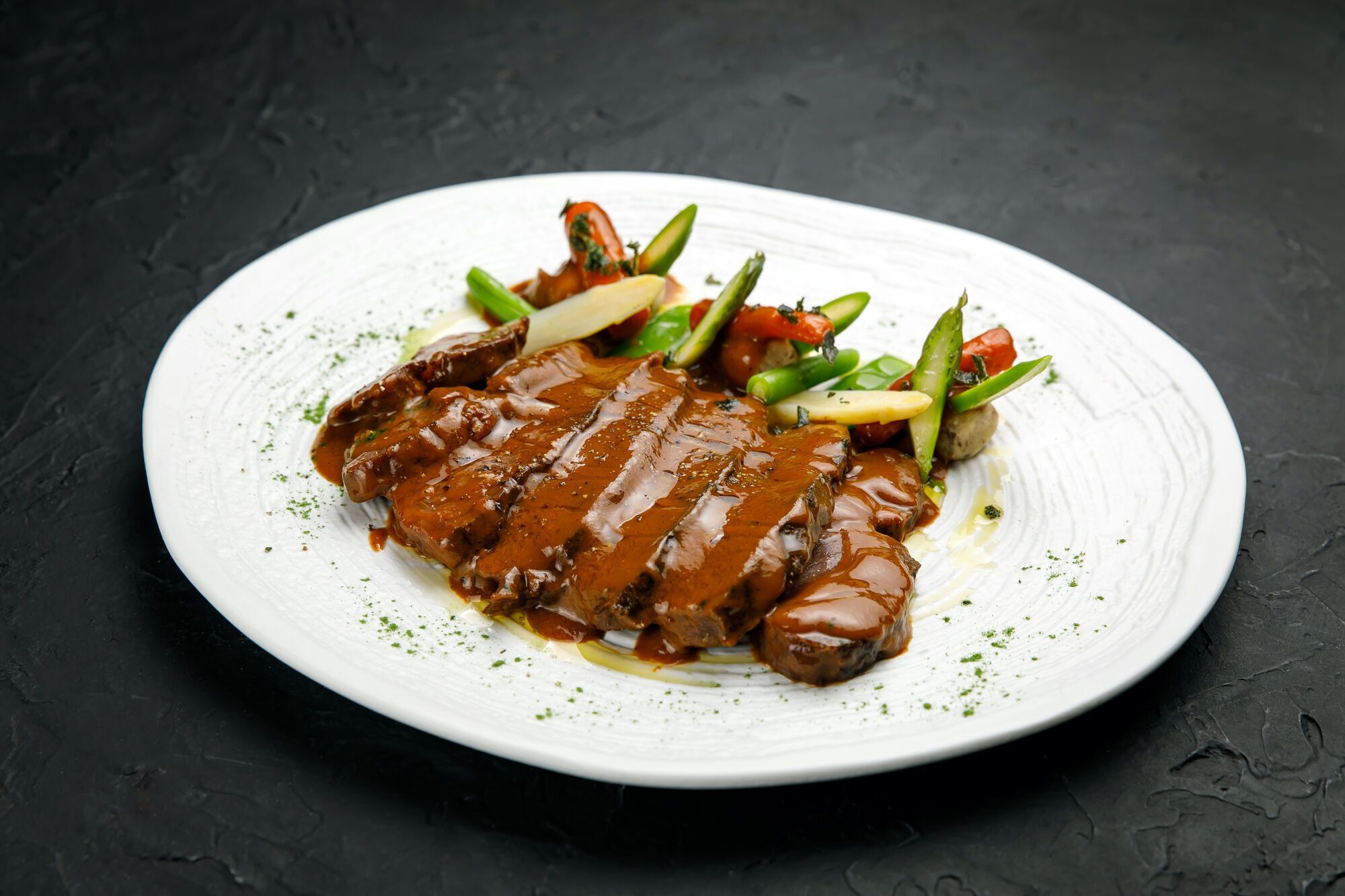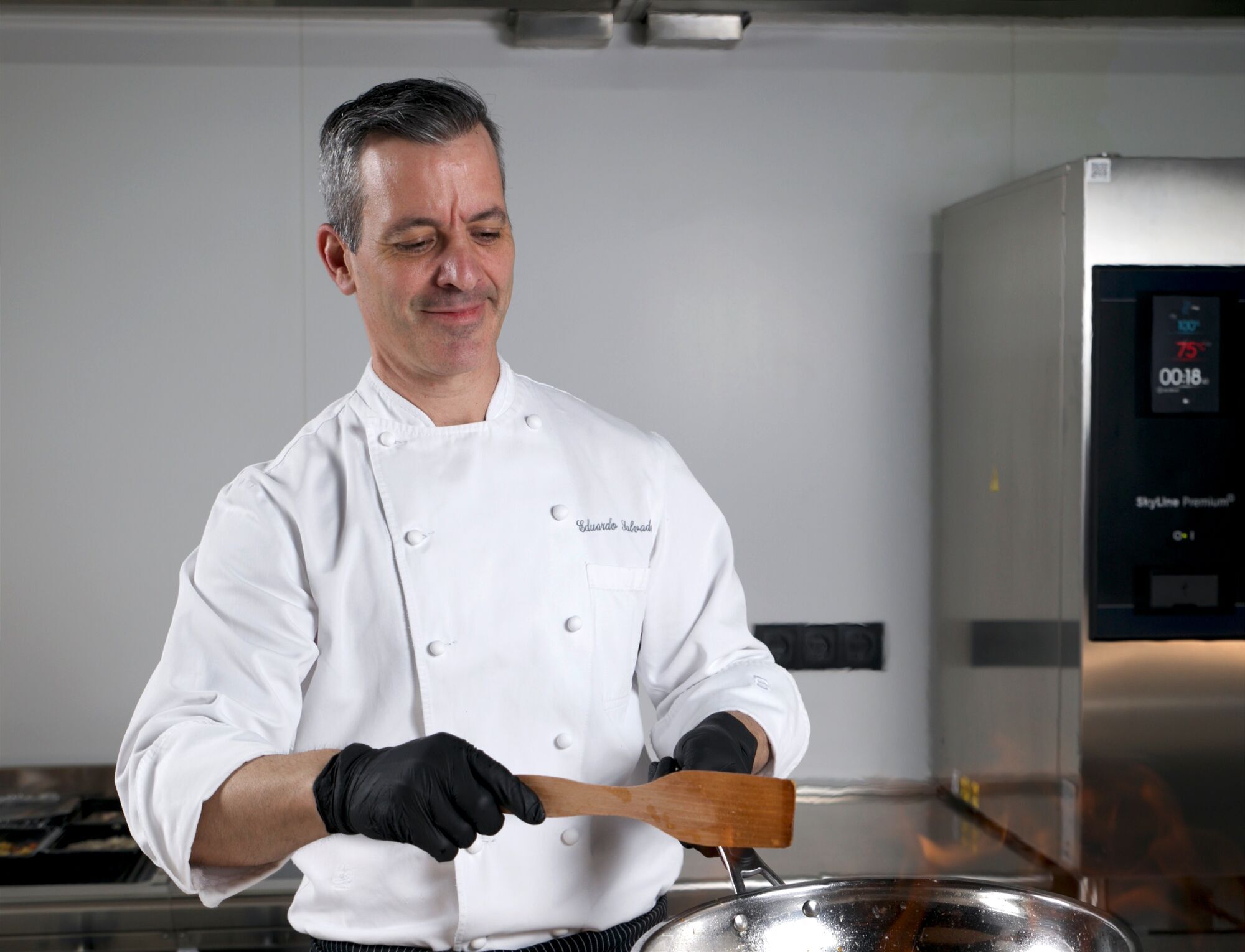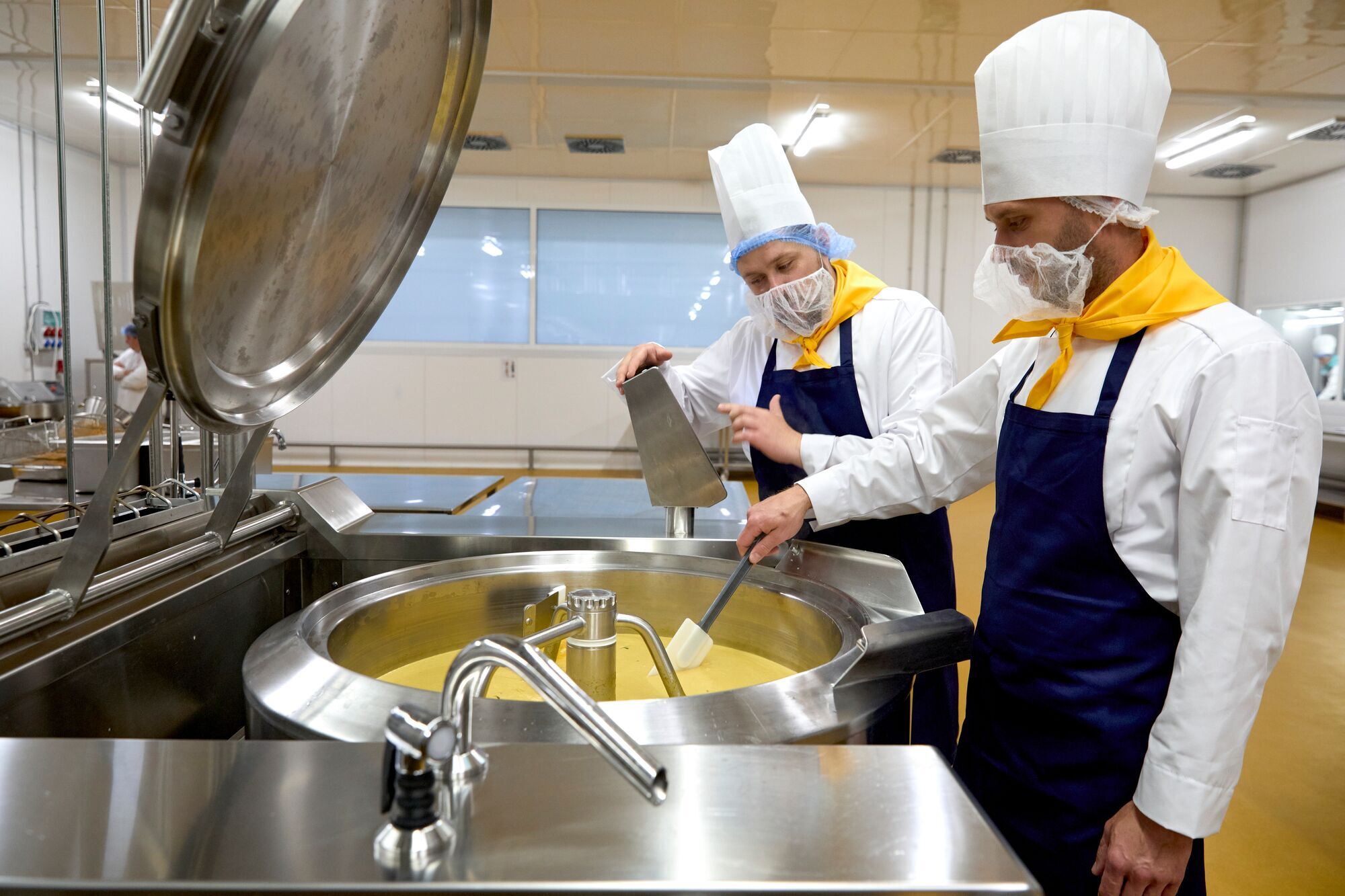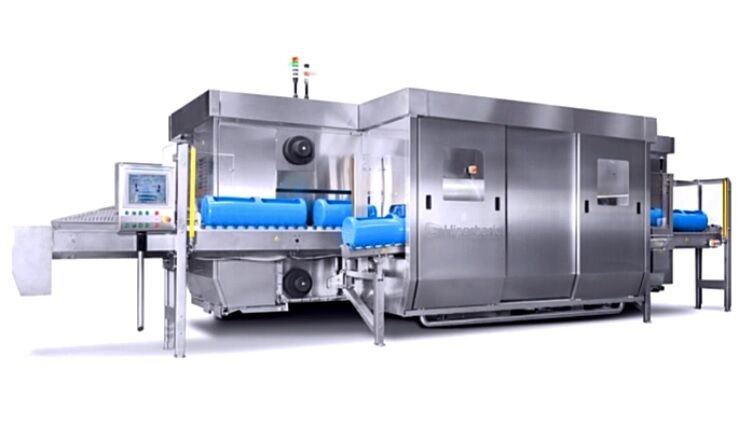Food
Secrets of the chefs: TOP-6 modern food processing technologies from LaStrava
What is sous vide meat and why does it melt in your mouth? How do sauces get their thickness? What is the name of the culinary process of crust formation, which we are sure you often use in your kitchen? And thanks to what super method can you keep ready-to-eat food fresh for eight weeks?
FoodOboz, together with the LaStrava brand, tells you about popular modern food processing technologies so that you will never be lost again when you see an unfamiliar word in a shop window, on a menu, or on a label.
Sous vide
Sous-vide means "under vacuum" in French. This is a method of cooking food when it is placed in a bag with evacuated air and cooked for a long time at low temperatures - usually about 10 hours at 55-60°C (although sometimes the time and temperature can increase depending on the product).
This "slow" cooking process allows the food to cook evenly. For comparison, when you fry meat, the temperature outside is much higher than inside, and you need to be a real master to remove it from the heat in time without burning the outside and leaving it raw from the inside. Thanks to sous vide, the meat will be evenly cooked and very tender.
Another advantage of sous vide technology is that the vacuum in which the food is cooked prevents it from losing moisture, so it is juicy.
LaStrava uses sous vide technology for cooking:
- Paella with chicken (a Spanish dish made of rice with saffron and olive oil, the chicken is cooked for 5 hours at 68℃);
- Vegetable stew with chicken (based on fresh vegetables, tomato sauce, dry wine, spices and chicken cooked using sous vide technology for 6 hours at 63℃);
- Roasted spicy beef (beef cheeks for the dish are cooked for 32 hours and seasoned with demi-glace sauce);
- Mediterranean salad with beef tongue (the tongue is cooked for 7 hours at 90℃)
Caramelization
Caramelization is the chemical process of transforming sugars when they are heated, which is widely used in cooking. Caramelization results in a sweet, nutty flavor and a distinctive brown color. This is the case, for example, in burgers with caramelized onions or the creme brulee dessert.
Almost anything can be caramelized - fruits, vegetables, meat. At home, this is often done in a cast-iron skillet because it allows you to maintain the temperature for a long time. Sugar can be added both at the beginning of cooking (in which case it is fried in the pan first, and then water and vegetables or fruit are added) and at the end (in which case the food is fried in oil first, then sugar is added).
At LaStrava, caramelized onions are used for meatballs in cream and tomato sauces.
Evaporation
Evaporation is the process of reducing the moisture content of food. In cooking, it is used to make gravies, sauces, jams, preserves, etc. The output of the finished product will be less, but it will be concentrated, thicker, and have a richer taste and aroma.
It is better to evaporate at a low temperature. Although it will take more time, it will preserve the nutrients contained in the product.
At LaStrava, the evaporation process is used to make Duxelles and Demi-glace sauces. The former is a mixture of finely chopped mushrooms, onions, green herbs, and black pepper that is fried in butter and then evaporated for 10 hours. Demi-glace sauce is made from roasted beef bones and vegetables and evaporated for 36 hours.
Gratinization
The word comes from the French word gratin - crust. From the name, you can already guess that the ultimate goal of this process is a delicious crust. To create it, the finished dish is usually sprinkled with cheese or breadcrumbs or smeared with a thick sauce and subjected to heat treatment.
At LaStrava, gratinization is used to make potato gratin. This is a traditional French dish of sliced potatoes. LaStrava chefs brush it with bechamel sauce, sprinkle with grated cheese and gratinate the potatoes in the oven at 220℃.
Skin system packaging
The skin system is one of the most modern technologies for packaging meat, fish and ready-to-eat meals. A thin film, heated in a vacuum, fits tightly around the food, follows its contours and creates a "second skin" effect (hence the name).
At the same time, the process is so gentle that all the ingredients of the dish remain in place and the shape is preserved. At the same time, this technology perfectly preserves the juiciness of the food.
An additional aesthetic bonus of such packaging is that you can see the actual dish, not its image on the package.
At LaStrava, this packaging technology is used for all dishes. It is a preparatory stage necessary for the next stage - high-pressure processing.
High pressure processing
High Pressure Processing (HPP) is a method of processing food, including ready-to-eat meals, with high pressure - up to 6000 bar (for comparison, the highest pressure in nature is 2000 bar in the Mariana Trench). It is also called cold pasteurization. The HPP method does not require heating, as in conventional high-temperature pasteurization, but deactivates bacteria by high pressure. This makes it possible to extend the shelf life of products up to 56 days without losing their quality and properties such as color, taste and smell.
The HPP method is innovative. Pressure processing requires a special installation with a sealed chamber, and only a few countries have such equipment. For example, in Eastern Europe, HPP is available only in Ukraine - in the industrial kitchen at the MHP Culinary Center.
HPP works like this: food products packed in vacuum containers are placed in a special basket. The basket is loaded into a high-pressure chamber. The chamber is then sealed and filled with water. Pumps generate a pressure of up to 6000 bar inside and the products are kept in the chamber for 3 to 8 minutes. Then the products are taken out of the unit, the packaging is dried, and that's it - they can be sent to stores.
At LaStrava, HPP technology is used for all dishes. High-pressure cooking preserves the flavor, color and nutritional properties of food and extends the shelf life of food for up to 56 days.
Briefly about LaStrava:
LaStrava is a restaurant-grade ready-to-eat meal. The brand was created for those who appreciate good cuisine, healthy and safe food, but want to spend less time cooking. All meals are ready to go - it takes only two minutes to heat them up.
LaStrava's assortment includes risotto, paella, meatballs, gratin, and other delicious dishes - and the menu is still expanding. The recipes are developed by the Spanish chef Eduardo Salvador, and implemented by Ukrainian chefs using technologies such as sous vide (long cooking in a vacuum at low temperatures), high-pressure processing (a method that makes the dish taste good throughout its shelf life of 56 days) and the use of special packaging for processing the dish under high pressure.
You can buy LaStrava dishes in Myasomarket stores throughout Ukraine and online with delivery in Kyiv from Glovo or Bolt Food.


































